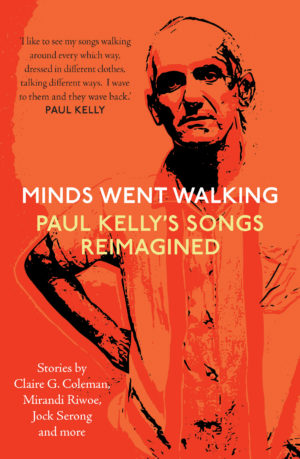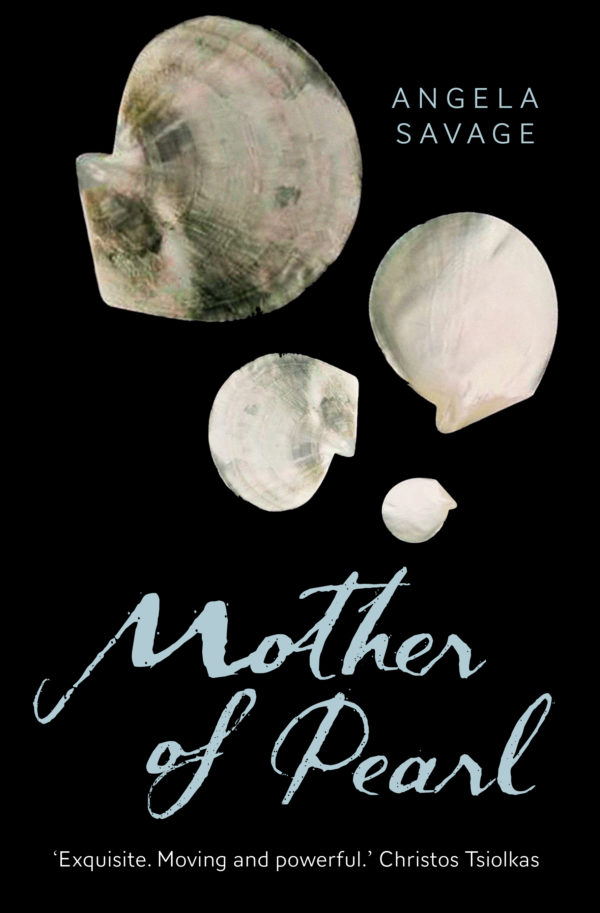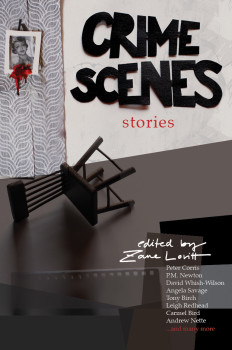It was largely on a whim that I decided one of the characters in my novel should come from Sisaket. I first became aware of this town in Thailand’s northeast Issarn region reading Janet Brown’s wonderful memoir, Tone Deaf in Bangkok (2008, ThingsAsian Press). In the 1990s, Sisaket was an affordable weekend escape for her from Bangkok, its attractions including a ‘gigantic food market’, blacksmith shops, and ‘skeins of pale yellow silk…like thread spun from durian’ on every street corner. But it was her last line that stayed with me:
“Go there,” I tell my friends, “and then leave it alone. Sisaket belongs to me.” (p. 105)
Setting aside the clumsy claim to ownership, I sympathise with what Brown is trying to say. Hers is the paradox of finding somewhere special that you want to share, knowing this will change it, not wanting it to change. Somewhere in there you recognise that you are already, irrevocably part of that change.
By contrast, the 2005 Lonely Planet Thailand guidebook describes Sisaket town as ‘perennially humdrum’ (p. 516).
Sisaket province is probably best known as the jumping off point for what is known in Thailand as Prasat Khao Pra Viharn and in Cambodia as Preah Vihear. The Angkor-era temple is located in Cambodia (as recognised by the UN in 1962), but accessed most easily through Sisaket in Thailand. In 2008, when we were living in Phnom Penh, the monument became a flash point for tensions between the two countries, leading to military conflict. As I was writing my novel, I thought about the impact of this conflict on tourism in the area and the economic consequences for local people, and had this play out in my character’s decision to turn to paid surrogacy.
After spending the day here, I’m convinced it was the right place for my character to come from.
We travelled overnight from Bangkok to Sisaket on a vintage 1996 South Korean train that had seen better days (I feel the cockroaches would agree!), arriving just after six as the town was waking to the sounds of roosters crowing, birds singing and dogs barking. We’d booked a room at the rather nice Vijitnakorn Nonpak Hotel but couldn’t check in until midday, leaving us to wander the streets for the better part of six hours.
We started at the Morning Market (Talat Sao) near the station, where I felt instantly at home among the Lao-speaking vendors selling live catfish and frogs, whole pigs’ heads and sticky rice baskets (the skinning of the live frogs made it into both mine and Miss Nine’s journals as the most gross thing we saw today). You could buy at least three different kinds of gourd, purple as well as green snake beans, fresh flowers, and dried strips of cowhide for making jeow bong. There were fruits and vegetables I’d never seen before; and the local equivalent of bouquet garni I wish I could buy at home: hand-made packs of chilli, green peppercorns, kaffir lime leaves and shredded galangal, for instance. Barefoot monks were doing the rounds with their alms bowls, acknowledging donations with blessings, while the food vendors were dishing out sticky rice, grilled things on sticks and offal soup.
We ate breakfast soup (minus the offal) at the Nong Em cafe, where we were served by the eponymous Em, daughter of the owner and graduate of a Bangkok university, where she’d studied English. The decor in the cafe was simple: plastic tablecloths advertising Coke, photos of Buddhist monks and the Thai royal family, a formal black-and-white portrait of an older couple, and on display on a sideboard, drinking glasses, a bottle of ‘Johnny Black’, and a framed photo of the family taken in front of the Anousavouli monument in Vientiane; a small wooden tailboat, draped in coloured scarves and dessicated garlands, hung in the doorway for good luck.
 I re-read Brown’s book shortly before leaving Australia, and the other attraction for her of Sisaket was the kindness of the local people. She quoted a ‘Bangkok refugee’ as saying, “They are very sweet.” This was borne out this morning, when I asked about getting a taxi, and Nong Em’s neighbour, Champen, came to the rescue and called one for us. We had the driver, Dtia, take us to the Sisaket Aquarium, which specialises in local fish breeds. Where ritzy aquariums have tunnels through large tanks filled with sharks and rays, the large tank at the Sisaket Aquarium has Giant Mekong Catfish and Chaophraya Giant Catfish, swimming around what looks like the ruins of an underwater Angkor-era temple. As a bonus, you can immerse your feet in tanks by the gift shop and get the dry skin nibbled from your feet by fish that apparently specialise in foot spas.
I re-read Brown’s book shortly before leaving Australia, and the other attraction for her of Sisaket was the kindness of the local people. She quoted a ‘Bangkok refugee’ as saying, “They are very sweet.” This was borne out this morning, when I asked about getting a taxi, and Nong Em’s neighbour, Champen, came to the rescue and called one for us. We had the driver, Dtia, take us to the Sisaket Aquarium, which specialises in local fish breeds. Where ritzy aquariums have tunnels through large tanks filled with sharks and rays, the large tank at the Sisaket Aquarium has Giant Mekong Catfish and Chaophraya Giant Catfish, swimming around what looks like the ruins of an underwater Angkor-era temple. As a bonus, you can immerse your feet in tanks by the gift shop and get the dry skin nibbled from your feet by fish that apparently specialise in foot spas.
From the aquarium, Dtia took us to one of the Angkor era ruins of Wat Sai Kampeng Yai, which I was keen to visit as a setting for my novel. Stay tuned for more on this and other novels ideas…











What a wonderful experience you had, Angela! And I know just exactly what you mean about a place changing just because it gets attention – even out of the best of intentions. I’ll be looking forward to more of your posts from Sisaket.
LikeLiked by 1 person
yes that’s the REAL Thailand
LikeLiked by 1 person
Fascinating read as always, Angela. Janet Brown’s blog is also interesting, particularly a post this week after her latest visit to Thailand (which you might have seen already): http://tonedeafinthailand.blogspot.com.au/
LikeLiked by 1 person
I hadn’t discovered Janet’s blog, Caron. Thanks for that.
LikeLiked by 1 person
Sisaket a real”find”I want to call Thai airways now!xxxDADxx
LikeLiked by 1 person
It’s really charming, Dad — the real Thailand indeed!
LikeLike